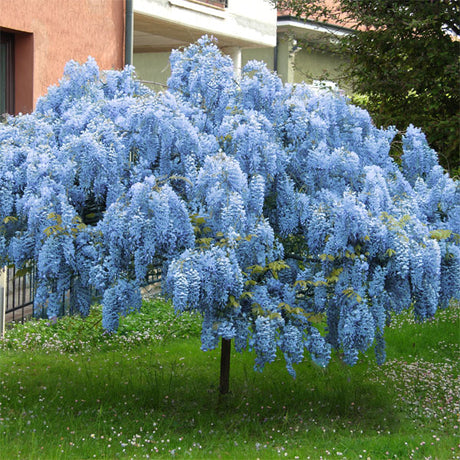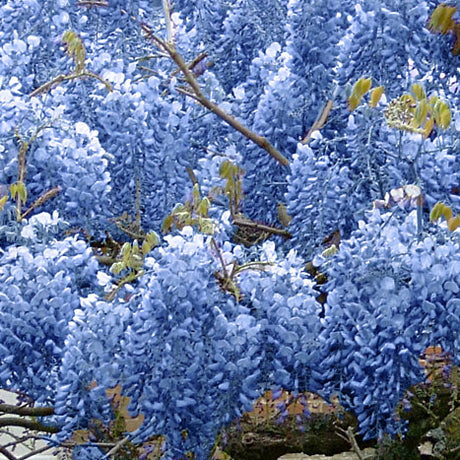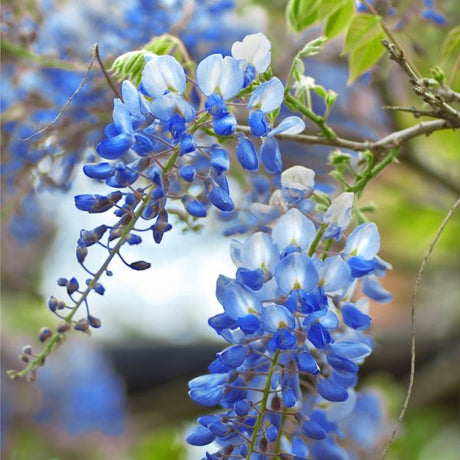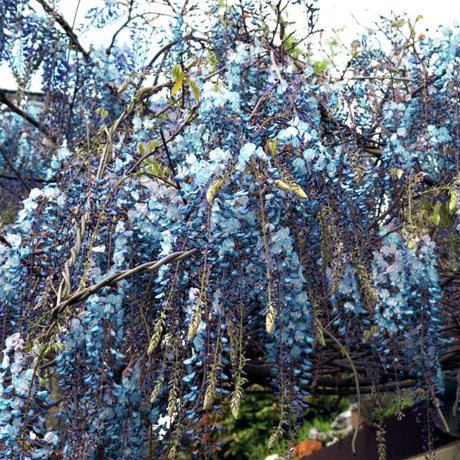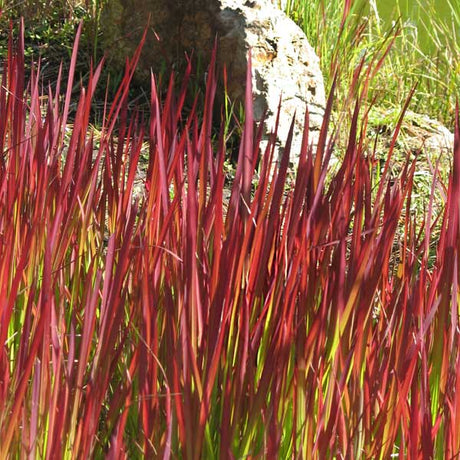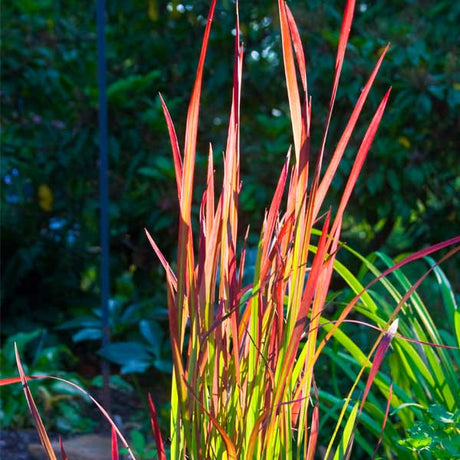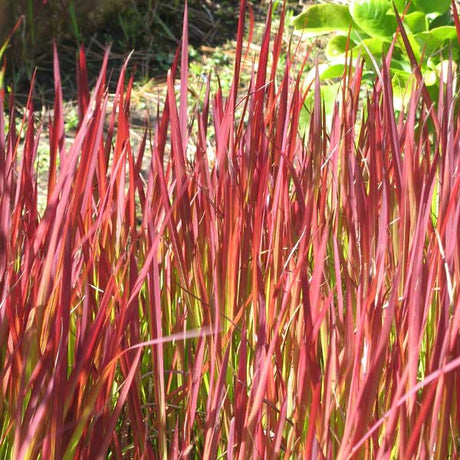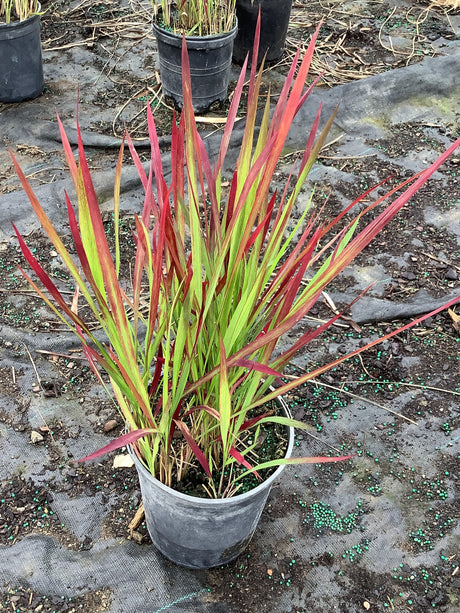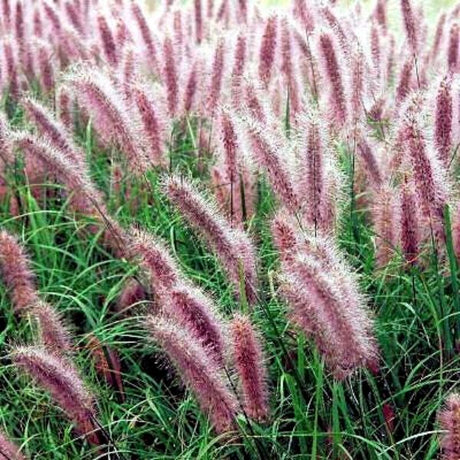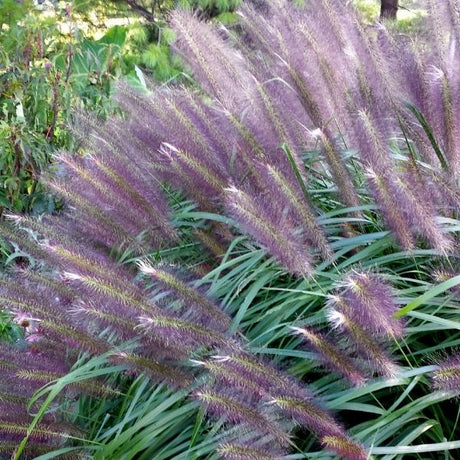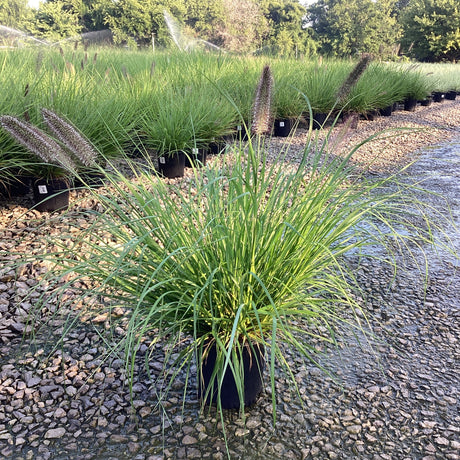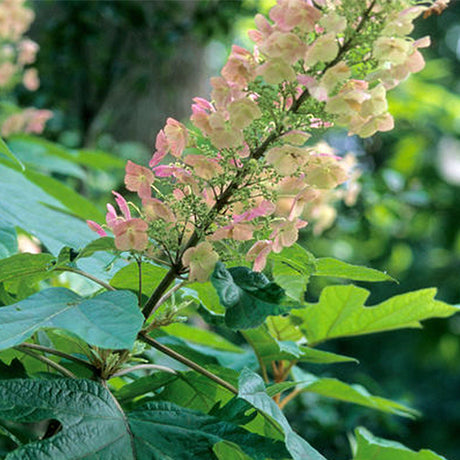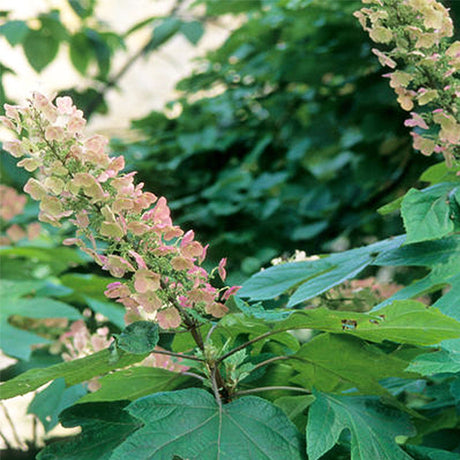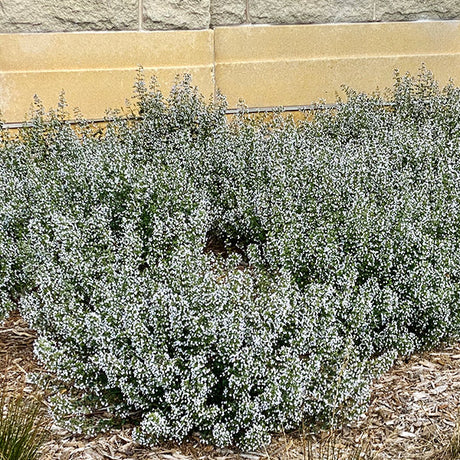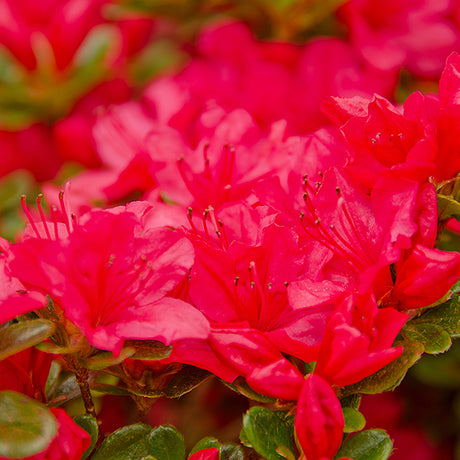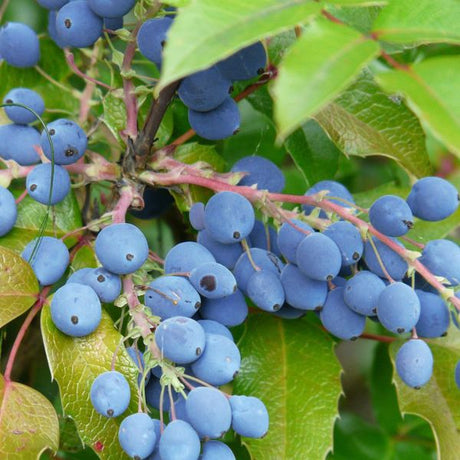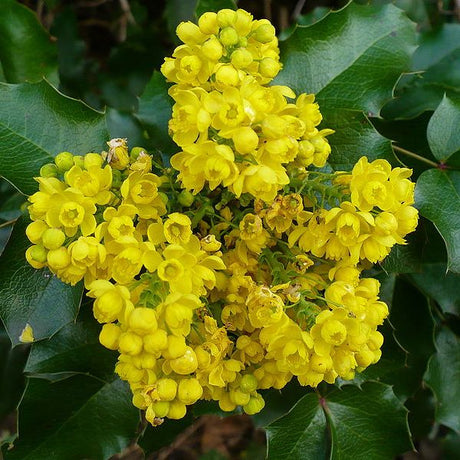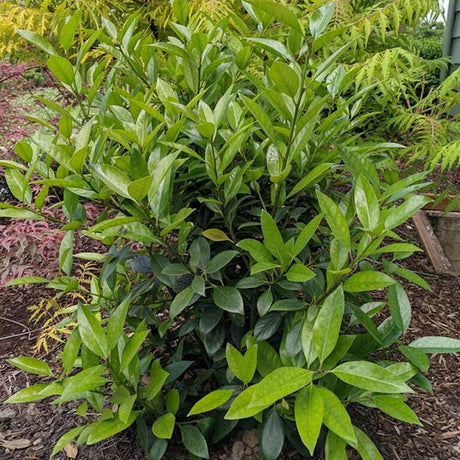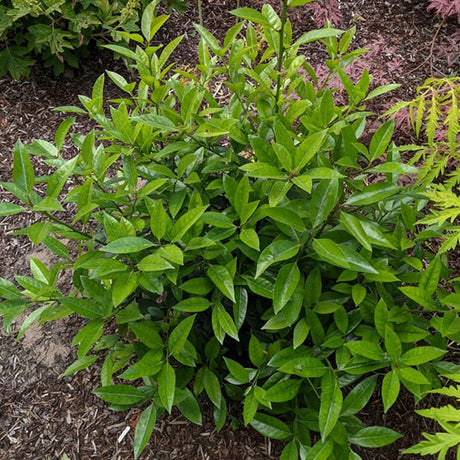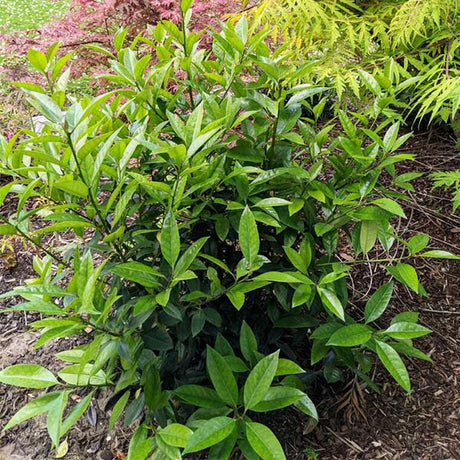Maybe not the best name, but back in the day, folks named things as they saw them. And the genus Pulmonaria means “lung” as the spotted leaves resemble diseased lungs. Sorry, we know that the visual didn’t help! But trust us when we assure you that these are lovely perennials!
The lung-theme is continued due to the medical properties it possesses - Having been used in the treatment of coughs and diseases of the chest!
Luckily, these unique shade garden plants also go by the names Bethlehem Sage, Jerusalem Cowslip, Jerusalem Sage, Mary's Tears, and Our Lady's Milk Drops! Members of the family Boraginaceae, Lungworts are native to Europe and western Asia.
Odd name aside, the Lungwort is a fantastic garden perennial and very easy to grow! Learn about how to utilize these incredible flowering perennial plants for your landscape here!
Lovely Lungworts!
Lungworts are perennial plants that are not only very attractive, but they are hardy, resilient, and easy to grow! They spread by their slow creeping rhizomes, yet are not invasive! Politely spreading and forming clumps of silver-speckled leaves.
Lungwort is a cool plant that emerges early in spring and immediately sends up fuzzy leaves, and flower stalks follow soon thereafter. Flowers are born on short stems just above the foliage with fine-textured flowers that are typically blue and or pink in color, and last for about a month.

Flowering Lungwort will provide clusters of brilliant blue, purple, pink, or even white blossoms in the spring. Because the flowers change colors as they open and age, some selections exhibit multiple colors at the same time!
One perk of these showy spring blooms is flocks of early emerging bees, butterflies, and other beneficial pollinators! Bumblebees are especially attracted to these blooms, providing these endangered species with plenty of pollen and nectar resources! You’ll even see a curious hummingbird or two arrive to check out the nectar-rich little bell-shaped blooms!
After the long-lasting blooming period finishes, the plant transforms itself into an attractive foliage plant! When the flowers are done, the entire plant begins to transform itself from a small flowering plant into a bold and beautiful foliage plant. New leaves begin to emerge that are larger and more robust. The colorful, speckled leaves remain wildly showy throughout the spring, summer, and fall seasons!
Varieties of Lungwort at Nature Hills
- Cevennensis Lungwort - Narrow silver-spotted leaves and striking dark violet-blue funnel-shaped flowers held in clusters that balance daintily above the foliage.
- Twinkle Toes Lungwort - Petite plant with periwinkle blue flowers and circular clusters of tubular flowers.
- Raspberry Splash Lungwort - Raspberry/fuchsia-hued flower clusters with fuzzy blue-green and silver-spotted leaves!
- Mrs. Moon Lungwort - Red buds open to color-changing pinks, violets, purples, and blues rising above fuzzy green leaves spattered in silver freckles!
Where is the best place to plant Flowering Lungwort?

Lungworts are great for a first-time gardener! These easy-to-grow perennials love part shade/partial sun in cooler climates and full shade in the warmer end of their hardiness zone range of USDA growing zones 3 to 9.
Plant these sun-shy garden jewels in your moist, rich, fertile, well-drained garden beds and borders. Best in neutral to alkaline pH soil, they appreciate a layer of mulch spread 3-4 inches deep around their roots. They love having cool, moist root systems, and mulch is the best way to keep them happy!
Fertilize every spring with a flowering plant and perennial fertilizer to keep them blooming their very best! Deadhead as soon as the blooms fade to clean up their mounds. It is always a great idea to remove the old flower stems right down to the ground and allow the incredible foliage that takes over to punch up your garden borders.
Deer and rabbits seldom bother these woodland plants.
What do you do with Lungwort in the fall?
These herbaceous perennials die back as soon as the frost kills back the tops of the plant. As soon as the foliage yellows or is killed back in the autumn, trim the stems to the ground and remove all the leaves and debris from the area.
To prevent issues like powdery mildew, slugs, and snails, remove all leaves and debris from the area after pruning.
Top with a layer of compost and/or mulch for the winter, and water your plants in well one last time before winter.
Dividing Lungwort Plants
Every 3-5 years or so, fall is also a great time to divide your Lungwort clumps to keep them from overcrowding. This simple chore gives you 2-3 new plants to use elsewhere in your garden, or share with eager friends, family, and neighbors!
- Simply dig all around the plant's perimeter with a sharp spade, pushing it straight down
- Then, using the spade or a garden fork, lift the roots gently out of the ground
- Shake off any excess soil and look at the root system to gauge where best to divide and how many parts you can divide the roots into
- Carefully use your spade or a garden knife to cut the crown into sections. Do so quickly so the exposed roots do not dry out
- Plant your new perennial plantlets, backfill, and tamp the soil down gently but firmly
- Water in very well and top with a layer of mulch
Where can you use Lungwort plants in the landscape?
The Lungwort is made for the shade! To add texture and patterns to your shaded area, where the leaves shine beneath the canopy of trees and larger shrubs. Use Lungwort to brighten up your borders or as edging for garden beds in the dappled understory.
- Pink, Blue, Violet & Purple Color-Changing Flowers
- Long-Lasting Bloom Time
- Beloved By Pollinators
- Fuzzy Stems & Foliage
- Unique Silver Speckled, Splotched Green Leaves
- Full/Part Shade, Dappled Sun & Part Sun Locations
- Smaller-Scale Low-Growing Perennial
Plant other understory plants with Lungwort for a varied and relaxing shade garden! Once established, Lungwort can be a drought-tolerant and eye-catching foliage plant that’s great when mixed with other shade-lovers such as lacy Ferns, pretty Primroses, Astilbe, or dramatic Hosta's. Or with larger perennials like Barrenwort, Brunnera, and Ligularia, or smaller plants like Corydalis and fine-textured Bleeding Hearts work just beautifully with the coloration and texture of these unique perennials!
In their native habitats of woodland edges, moist Rock gardens, dappled understories, and along the banks of brooks and streams, they shine beneath the canopy of large trees. Use these low-growing space-saving plants as single specimens and accents, or go plant long rows as edging and unique facer plants!
Lungwort has been prized as landscaping ornamentals and medicinal plants in herb gardens, Knot Gardens, and potager plantings! The silvery-speckled leaves are, of course, perfect for adding a special shimmer to a Moon Garden!
Their convenient size makes them ideal as container garden plants and as planter filler, spreading politely and filling bare ground like living mulch. Carry this perk into your garden beds and borders by using their spreading nature to fill in around larger plants and shrubs like Roses or as facer plants around leggy shrubs and trees!
You’ll love the silvery finishing touch that Lungwort provides!
Bespeckled Garden Jewelry!
Strange name, incredible plant! String some jewels and silver throughout your shade garden with these highly underutilized garden gems! Easy-to-grow and versatile Lungworts are available now at NatureHills.com! Check out how you can use your shade gardens' newest best friend in your landscape today!
Happy Planting!



